Region
code
UK
Crash of a Piper PA-46-350P Malibu Mirage in Buttles Farm: 4 killed
Date & Time:
Nov 14, 2015 at 1134 LT
Registration:
N186CB
Survivors:
No
Schedule:
Fairoaks – Dunkeswell
MSN:
46-22085
YOM:
1989
Crew on board:
1
Crew fatalities:
Pax on board:
3
Pax fatalities:
Other fatalities:
Total fatalities:
4
Captain / Total hours on type:
260.00
Circumstances:
The aircraft was approaching Dunkeswell Airfield, Devon after an uneventful flight from Fairoaks, Surrey. The weather at Dunkeswell was overcast, with rain. The pilot held an IMC rating but there is no published instrument approach procedure at Dunkeswell. As the aircraft turned onto the final approach, it commenced a descent on what appeared to be a normal approach path but then climbed rapidly, probably entering cloud. The aircraft then seems to have stalled, turned left and descended to “just below the clouds”, before it climbed steeply again and “disappeared into cloud”. Shortly after, the aircraft was observed descending out of the cloud in a steep nose-down attitude, in what appears to have been a spin, before striking the ground. All four occupants were fatally injured.
Probable cause:
Whilst positioning for an approach to Dunkeswell Airfield, the aircraft suddenly pitched nose-up and entered cloud. This rapid change in attitude would have been disorientating for the pilot, especially in IMC, and, whilst the aircraft was probably still controllable, recovery from this unusual attitude may have been beyond his capabilities. The aircraft appears to have stalled, turned left and descended steeply out of cloud, before climbing rapidly back into cloud. It probably then stalled again and entered a spin from which it did not recover. All four occupants were fatally injured when the aircraft struck the ground. The investigation was unable to determine with certainty the reason for the initial rapid climb. However, it was considered possible that the pilot had initiated the preceding descent by overriding the autopilot. This would have caused the autopilot to trim nose-up, increasing the force against the pilot’s manual input. Such an out-of-trim condition combined with entry into cloud could have contributed to an unintentional and disorientating pitch-up manoeuvre.
Final Report:
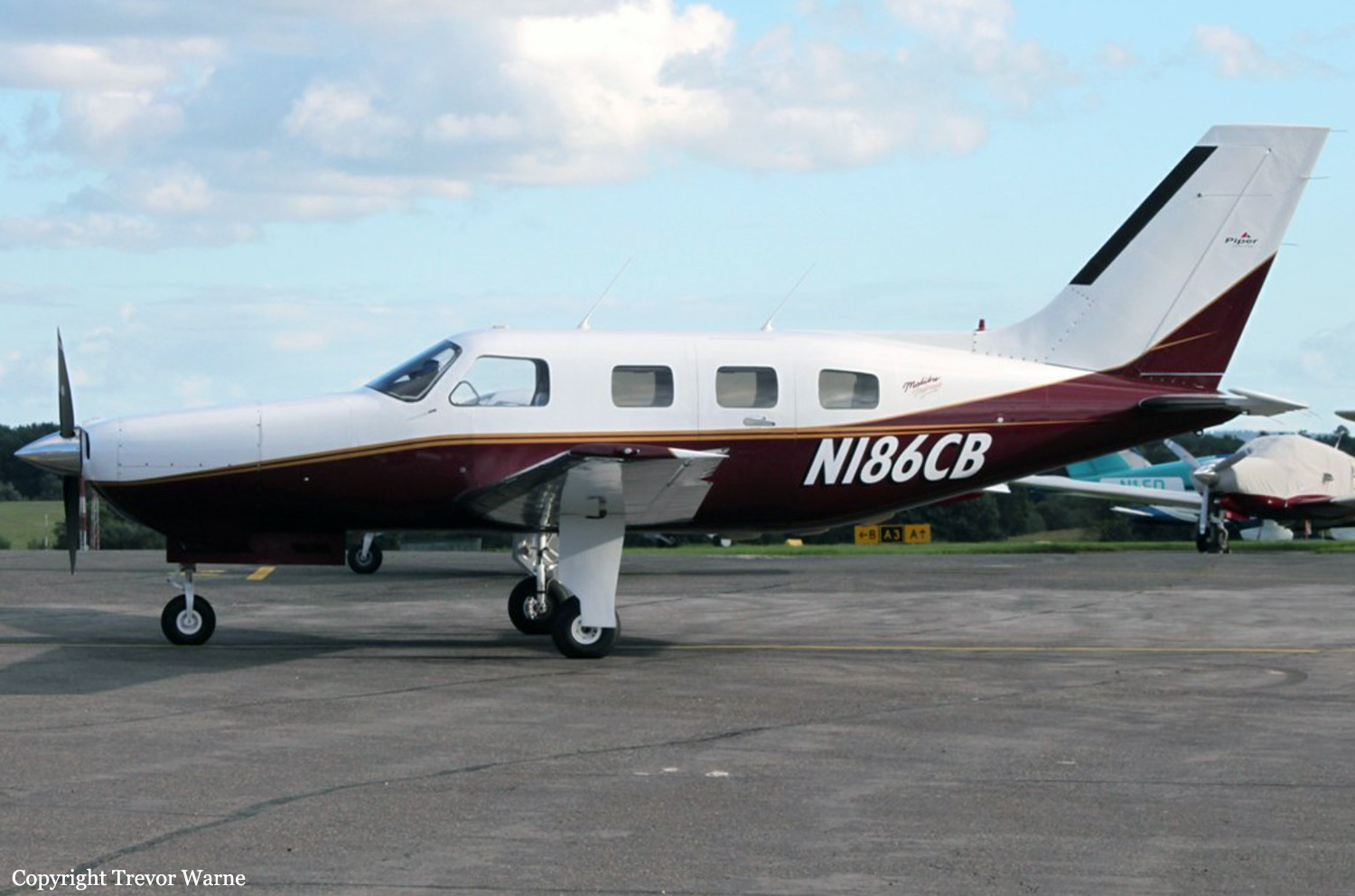

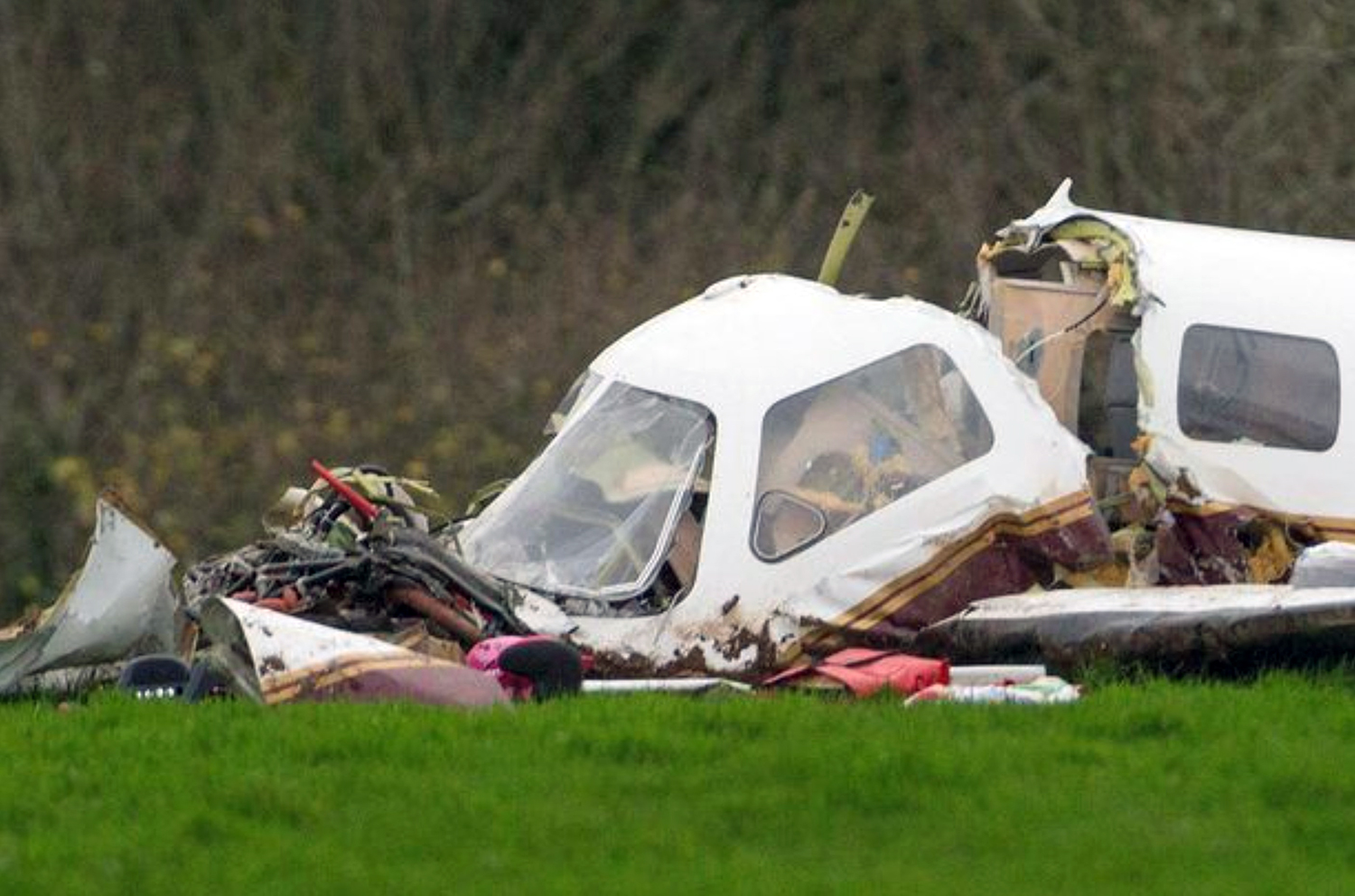
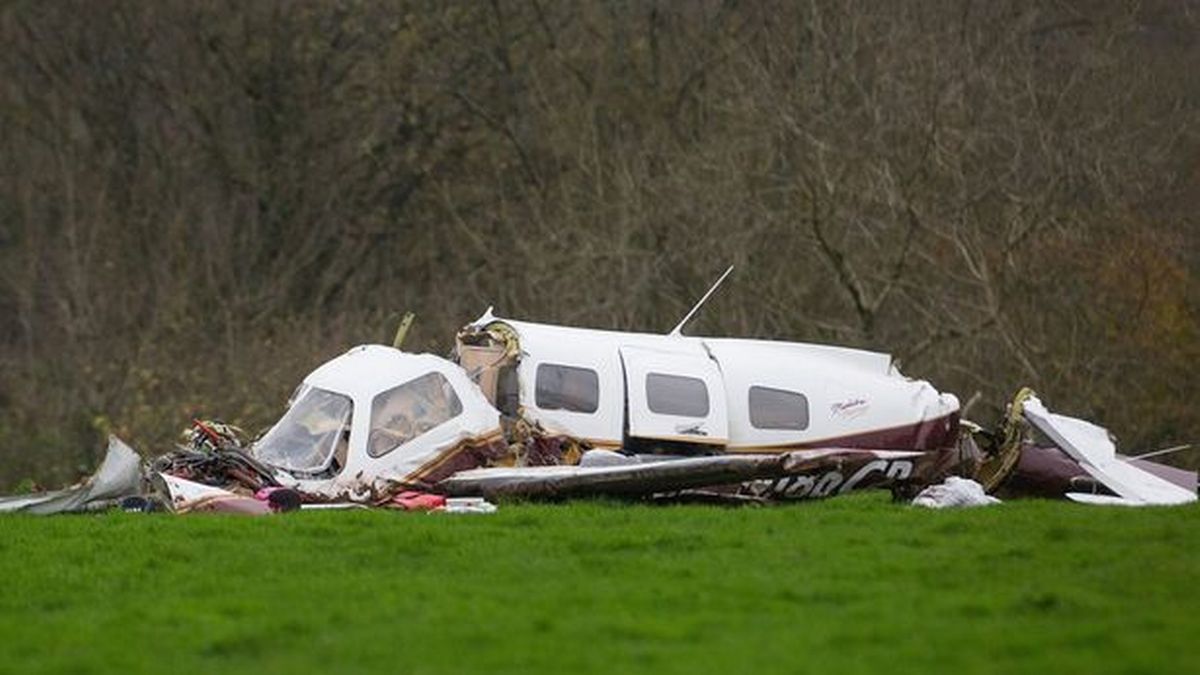
Crash of a Beechcraft B200 Super King Air in Chigwell: 2 killed
Date & Time:
Oct 3, 2015 at 1020 LT
Registration:
G-BYCP
Survivors:
No
Schedule:
Stapleford - Brize Norton
MSN:
BB-966
YOM:
1982
Crew on board:
1
Crew fatalities:
Pax on board:
1
Pax fatalities:
Other fatalities:
Total fatalities:
2
Captain / Total hours on type:
162.00
Aircraft flight hours:
14493
Aircraft flight cycles:
12222
Circumstances:
G-BYCP was planned to operate a non-commercial flight from Stapleford Aerodrome to RAF Brize Norton with two company employees on board (including the pilot) to pick up two passengers for onward travel. The pilot (the aircraft commander) held a Commercial Pilot’s Licence (CPL) and occupied the left seat and another pilot, who held an Airline Transport Pilot’s Licence (ATPL), occupied the right. The second occupant worked for the operator of G-BYCP but his licence was valid on Bombardier Challenger 300 and Embraer ERJ 135/145 aircraft and not on the King Air. The pilot reported for work at approximately 0715 hrs for a planned departure at 0815 hrs but he delayed the flight because of poor meteorological visibility. The general weather conditions were fog and low cloud with a calm wind. At approximately 0850 hrs the visibility was judged to be approximately 600 m, based on the known distance from the operations room to a feature on the aerodrome. At approximately 0915 hrs, trees were visible just beyond the end of Runway 22L, indicating that visibility was at least 1,000 m and the pilot decided that conditions were suitable for departure. At 0908 hrs, the pilot called the en-route Air Navigation Service Provider (ANSP) on his mobile phone to ask for a departure clearance. He was instructed to remain clear of controlled airspace when airborne and call London Tactical Control Northeast (TCNE) on 118.825 MHz. The planned departure was to turn right after takeoff and intercept the 128° radial from Brookman’s Park VOR (BPK) heading towards the beacon, and climb to a maximum altitude of 2,400 ft amsl to remain below the London TMA which has a lower limit of 2,500 ft amsl. The aircraft took off at 0921 hrs and was observed climbing in a wings level attitude until it faded from view shortly after takeoff. After takeoff, the aircraft climbed on a track of approximately 205°M and, when passing approximately 750 ft amsl (565 ft aal), began to turn right. The aircraft continued to climb in the turn until it reached 875 ft amsl (690 ft aal) when it began to descend. The descent continued until the aircraft struck some trees at the edge of a field approximately 1.8 nm southwest of the aerodrome. The pilot and passenger were both fatally injured in the accident, which was not survivable. A secondary radar return, thought to be G-BYCP, was observed briefly near Stapleford Aerodrome by London ATC but no radio transmission was received from the aircraft. A witness was walking approximately 30 m north-east of where the aircraft struck the trees. She suddenly heard the aircraft, turned towards the sound and saw the aircraft in a nose‑down attitude fly into the trees. Although she saw the aircraft only briefly, she saw clearly that the right wing was slightly low, and that the aircraft appeared to be intact and was not on fire. She also stated that the aircraft was “not falling” but flew “full pelt” into the ground.
Probable cause:
Examination of the powerplants showed that they were probably producing medium to high power at impact. There was contradictory evidence as to whether or not the left inboard flap was fully extended at impact but it was concluded that the aircraft would have been controllable even if there had been a flap asymmetry. The possibility of a preaccident control restriction could not be discounted, although the late change of aircraft attitude showed that, had there been a restriction, it cleared itself. The evidence available suggested a loss of aircraft control while in IMC followed by an unsuccessful attempt to recover the aircraft to safe flight. It is possible that the pilot lost control through a lack of skill but this seemed highly unlikely given that he was properly licensed and had just completed an extensive period of supervised training. Incapacitation of the pilot, followed by an attempted recovery by the additional crew member, was a possibility consistent with the evidence and supported by the post-mortem report. Without direct evidence from within the cockpit, it could not be stated unequivocally that the pilot became incapacitated. Likewise, loss of control due to a lack of skill, control restriction or distraction due to flap asymmetry could not be excluded entirely. On the balance of probabilities, however, it was likely that the pilot lost control of the aircraft due to medical incapacitation and the additional crew member was unable to recover the aircraft in the height available.
Final Report:
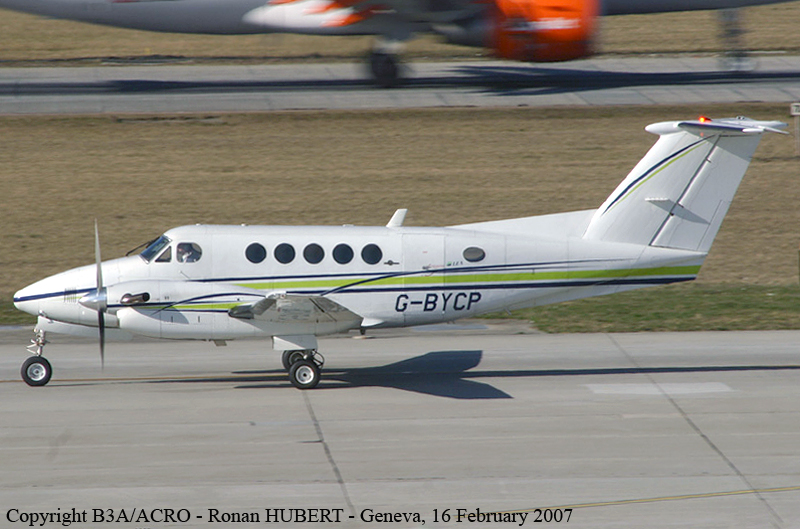
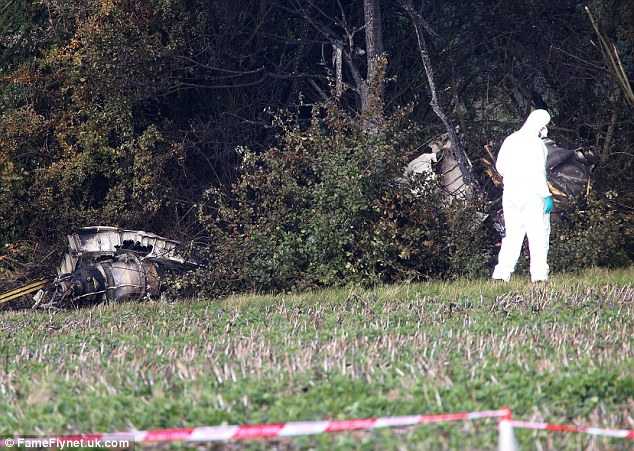

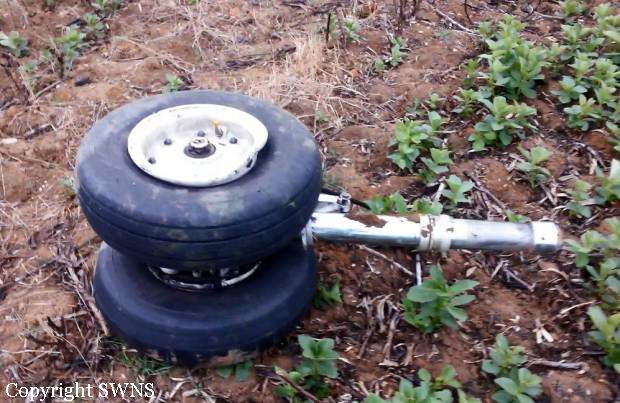
Crash of an Embraer EMB-505 Phenom 300 in Blackbushe: 4 killed
Date & Time:
Jul 31, 2015 at 1508 LT
Registration:
HZ-IBN
Survivors:
No
Schedule:
Milan - Blackbushe
MSN:
505-00040
YOM:
2010
Crew on board:
1
Crew fatalities:
Pax on board:
3
Pax fatalities:
Other fatalities:
Total fatalities:
4
Captain / Total hours on type:
1180.00
Aircraft flight hours:
2409
Aircraft flight cycles:
1377
Circumstances:
The aircraft had positioned to Milan earlier in the day, flown by the same pilot, and was returning to Blackbushe with the pilot and three passengers on board. After descending through the London Terminal Manoeuvring Area (TMA) it was handed over from London Control to Farnborough Approach. Its descent continued towards Blackbushe and, having reported that he had the airfield in sight, the pilot was instructed to descend at his own discretion. When the aircraft was approximately four miles south of its destination, he was instructed to contact Blackbushe Information. The weather at Blackbushe was fine with light and variable winds, visibility in excess of ten kilometres, and no low cloud. HZ-IBN entered the left-hand circuit for Runway 25 via the crosswind leg. Towards the end of the downwind leg, it overtook an Ikarus C42 microlight aircraft, climbing to pass ahead of and above that aircraft. As the climb began, at approximately 1,000 ft aal, the TCAS of HZ-IBN generated a ‘descend’ RA alert to resolve a conflict with the microlight. The TCAS RA changed to ‘maintain vertical speed’ and then ‘adjust vertical speed’, possibly to resolve a second conflict with a light aircraft which was above HZ-IBN and to the east of the aerodrome. Neither the microlight nor the light aircraft was equipped with TCAS. Following this climb, HZ-IBN then flew a curving base leg, descending at up to 3,000 feet per minute towards the threshold of Runway 25. The aircraft’s TCAS annunciated ‘clear of conflict’ when HZ-IBN was 1.1 nm from the runway threshold, at 1,200 ft aal, and at a speed of 146 KIAS, with the landing gear down and flap 3 selected. The aircraft continued its approach at approximately 150 KIAS. Between 1,200 and 500 ft aal the rate of descent averaged approximately 3,000 fpm, and at 500 ft aal the descent rate was 2,500 fpm. The aircraft’s TAWS generated six ‘pull up’ warnings on final approach. The aircraft crossed the Runway 25 threshold at approximately 50 ft aal at 151 KIAS. The aircraft manufacturer calculated that the appropriate target threshold speed for the aircraft’s mass and configuration was 108 KIAS. The AFISO initiated a full emergency as the aircraft touched down, because “it was clear at this time that the aircraft was not going to stop”. Tyre marks made by the aircraft at touchdown indicated that it landed 710 m beyond the Runway 25 threshold. The Runway 25 declared Landing Distance Available (LDA) was 1,059 m; therefore the aircraft touched down 349 m before the end of the declared LDA. The paved runway surface extended 89 m beyond the end of the LDA. The aircraft continued along the runway, decelerating, but departed the end of the paved surface at a groundspeed of 83 kt (84 KIAS airspeed) and struck an earth bank, which caused the aircraft to become airborne again. It then struck cars in a car park, part of a large commercial site adjacent to the aerodrome. The wing separated from the fuselage, and the fuselage rolled left through 350° before coming to rest on top of the detached wing, on a heading of 064°(M), 30° right side down and in an approximately level pitch attitude. A fire broke out in the underside of the aft fuselage and burned with increasing intensity. The aerodrome’s RFFS responded to the crash alarm but their path to the accident site was blocked by a locked gate between the aerodrome and commercial site. The first two RFFS vehicles arrived at the gate 1 minute and 34 seconds after the aircraft left the runway end. The third RFFS vehicle, which carried a key for the gate, arrived approximately one minute later, and the three RFFS vehicles proceeded through the gate 2 minutes and 46 seconds after the aircraft left the runway. As the aircraft was located in an area of the car park surrounded by a 2.4 m tall wire mesh fence, the RFFS vehicles had to drive approximately 400 m to gain access to the accident site. Despite applying all their available media, the RFFS was unable to bring the fire under control. The intensity of the fire meant that it was not possible to approach the aircraft to save life. All four occupants of the aircraft survived the impact and subsequently died from the effects of fire. Subsequently, local authority fire appliances arrived and the fire was extinguished.
Probable cause:
The pilot was appropriately licensed and experienced, and had operated into Blackbushe Aerodrome on 15 previous occasions. He was reported to be physically and mentally well. The aircraft was certified for single-pilot operations and the pilot was qualified to conduct them. The engineering investigation of the accident aircraft did not find evidence of any pre‑existing technical defect that caused or contributed to the accident. The meteorological conditions were suitable for the approach and landing and, at the actual landing weight and appropriate speed, a successful landing at Blackbushe was possible. HZ-IBN joined the circuit at a speed and height which would have been consistent with the pilot’s stated plan to extend downwind in order that the microlight could land first. The subsequent positioning of HZ-IBN and the microlight involved HZ-IBN manoeuvring across the microlight’s path, in the course of which the first of several TCAS warnings was generated. After manoeuvring to cross the microlight’s path, HZ-IBN arrived on the final approach significantly above the normal profile but appropriately configured for landing. In the ensuing steep descent, the pilot selected the speed brakes out but they remained stowed because they are inhibited when the flaps are deployed. The aircraft’s speed increased and it crossed the threshold at the appropriate height, but 43 KIAS above the applicable target threshold speed. The excessive speed contributed to a touchdown 710 m beyond the threshold, with only 438 m of paved surface remaining. From touchdown, at 134 KIAS, it was no longer possible for the aircraft to stop within the remaining runway length. The brakes were applied almost immediately after touchdown and the aircraft’s subsequent deceleration slightly exceeded the value used in the aircraft manufacturer’s landing performance model. The aircraft departed the paved surface at the end of Runway 25 at a groundspeed of 83 kt. The aircraft collided with an earth bank and cars in a car park beyond it, causing the wing to separate and a fire to start. Although the aircraft occupants survived these impacts, they died from the effects of fire. Towards the end of the flight, a number of factors came together to create a very high workload situation for the pilot, to the extent that his mental capacity could have become saturated. His ability to take on new and critical information, and adapt his situational awareness, would have been impeded. In conjunction with audio overload and the mental stressors this can invoke, this may have lead him to become fixated on continuing the approach towards a short runway.
Final Report:
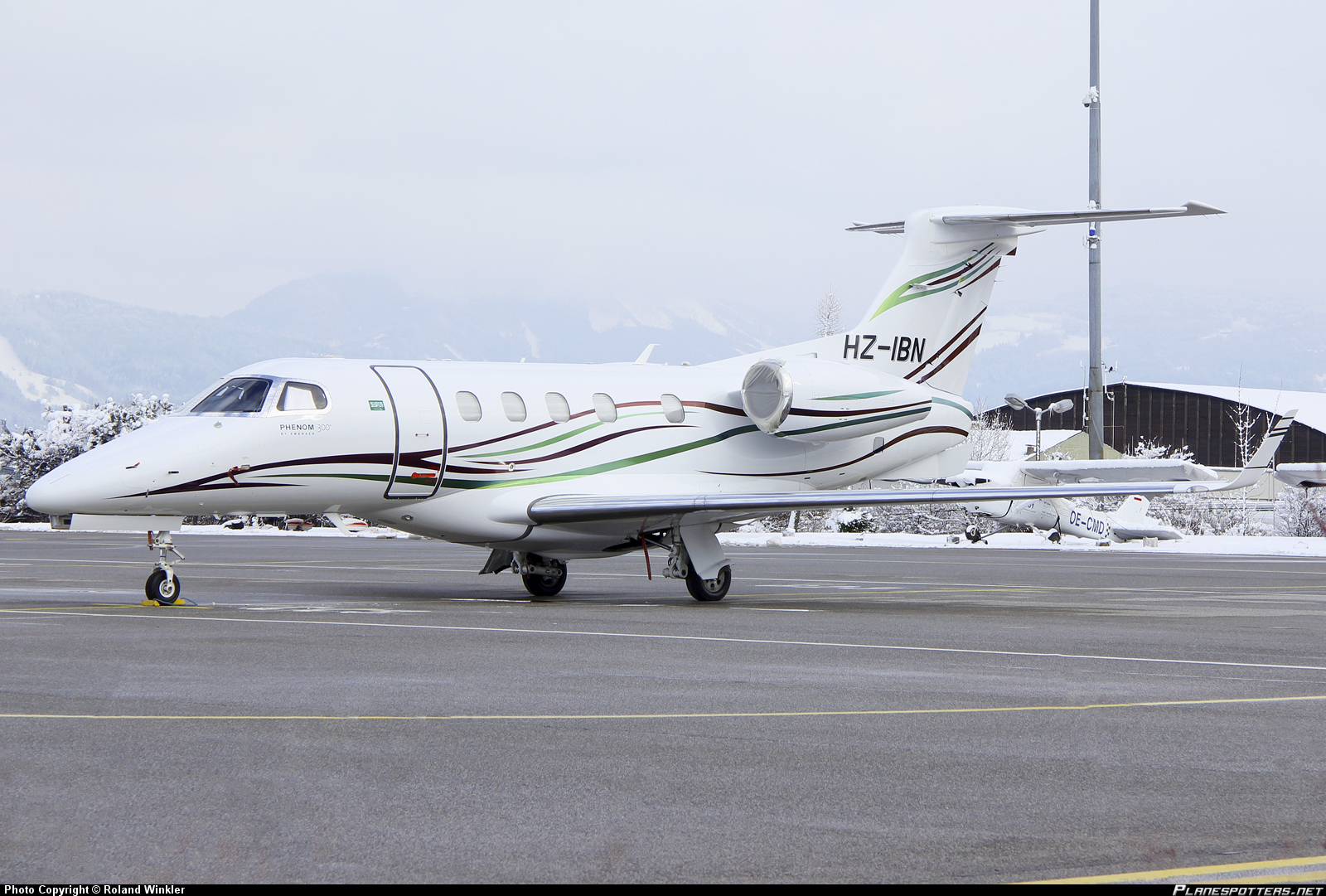

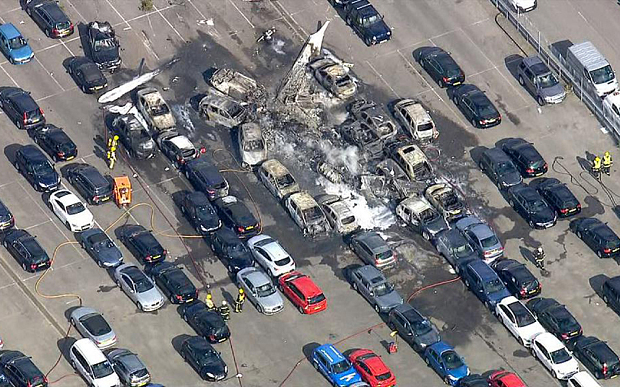

Crash of a Raytheon 390 Premier I in Blackpool
Date & Time:
Mar 12, 2015 at 1148 LT
Registration:
G-OOMC
Survivors:
Yes
Schedule:
Avignon – Blackpool
MSN:
RB-146
YOM:
2005
Crew on board:
2
Crew fatalities:
Pax on board:
2
Pax fatalities:
Other fatalities:
Total fatalities:
0
Captain / Total hours on type:
408.00
Circumstances:
The aircraft planned to fly from Avignon Airport, France to Blackpool Airport, with two flight crew and two passengers. The co-pilot performed the external checks; this included checking the fluid level in the hydraulic reservoir, as stated in the ‘Pilot Checklist’. The aircraft was refuelled to 3,000 lb and, after the passengers boarded, it departed for Blackpool. The commander was the pilot flying (PF). The takeoff and cruise to Blackpool were uneventful. Prior to the descent the crew noted ATIS Information ‘Lima’, which stated: Runway 10, wind from 150° at 18 kt, visibility 9 km, FEW clouds at 2,000 ft aal, temperature 11°C, dew point 8°C, QNH 1021 hPa, runway damp over its whole length. The commander planned and briefed for the NDB approach to Runway 10, which was to be flown with the autopilot engaged. Whilst descending through FL120, the left, followed by the right, hydraulic low pressure cautions illuminated. Upon checking the hydraulic pressure gauge, situated to the left of the commander’s control column, the pressure was noted to be ‘cycling up and down’, but for the majority of the time it indicated about 2,800 psi (in the green arc). During this time the hydraulic low pressure cautions went on and off irregularly, with the left caution being on more often than the right. The co-pilot then actioned the ‘HYDRAULIC SYSTEM - HYDRAULIC PUMP FAILURE’ checklist. It stated that if the hydraulic pressure was a minimum of 2,800 psi, the flight could be continued. Just before the aircraft reached the Blackpool NDB, the commander commented “it’s dropping”, but he could not recall what he was referring to. This was followed by the roll fail and speed brk [brake] fail caution messages illuminating. The co-pilot then actioned the applicable checklists. These stated that the Landing Distances Required (LDR) would increase by approximately 65% and 21%, respectively. As the roll fail LDR increase was greater than that of the speed brk fail, the crew used an LDR increase of 65% which the co-pilot equated to 5,950 ft. Runway 10 at Blackpool has an LDA of 6,131 ft, therefore they elected to continue to Blackpool. The roll fail checklist stated that a ‘FLAPS UP’ landing was required. The co-pilot then calculated the VREF of 132 kt, including a 20 kt increment, as stipulated by the ‘FLAPS UP, 10, OR 20 APPROACH AND LANDING’ checklist. The commander then continued with the approach. At about 4 nm on final approach the co-pilot lowered the landing gear, in response to the commander’s request. About 8 seconds later the commander said “just lost it all”; referring to the general state of the aircraft. This was followed almost immediately by the landing gear unsafe aural warning, as the main landing gear was not indicating down and locked. Whilst descending through 1,000 ft, at just over 3 nm from the threshold, the commander asked the co-pilot to action the ‘ALTERNATE GEAR EXTENSION’ checklist. The commander then discontinued the approach by selecting ALT HOLD, increased engine thrust and selected a 500 ft/min rate of climb on the autopilot. However, a few seconds later, before the co-pilot could action the checklist, the main gear indicated down and locked. The commander disconnected the autopilot and continued the approach. The crew did not consider reviewing the ‘HYDRAULIC SYSTEM - HYDRAULIC PUMP FAILURE’ checklist as they had not recognised the symptoms of loss of hydraulic pressure. When ATC issued the aircraft its landing clearance the wind was from 140° at 17 kt. This equated to a headwind component of about 10 kt and a crosswind of about 12 kt. As the aircraft descended through 500 ft (the Minimum Descent Altitude (MDA) for the approach) at 1.5 nm from the threshold, the commander instructed the co-pilot to advise ATC that they had a hydraulic problem and to request the RFFS to be put on standby. There was a slight delay in transmitting this request, due to another aircraft on frequency, but the request was acknowledged by ATC. The aircraft touched down about 1,500 ft from the start of the paved surface at an airspeed of 132 kt and a groundspeed of 124 kt. When the commander applied the toe (power) brakes he felt no significant retardation. During the landing roll no attempt was made to apply the emergency brakes, as required in the event of a power brake failure. The co-pilot asked if he should try to operate the lift dump, but it failed to function, due to the lack of hydraulic pressure. At some point, while the aircraft was on the runway, the co-pilot transmitted a MAYDAY call to ATC. When an overrun appeared likely, the commander shut down the engines. The aircraft subsequently overran the end of the runway at a groundspeed of about 80 kt. The commander later commented that he was in a “state of panic” during the landing roll and was unsure whether or not he had applied the emergency brake. As the aircraft left the paved surface the commander steered the aircraft slightly right to avoid a shallow downslope to the left of runway’s extended centreline. The aircraft continued across the rough, uneven ground, during which the nose gear collapsed and the wing to fuselage attachments were severely damaged (Figure 1). Once it had come to a stop, he shut down the remaining aircraft systems. The passengers and crew, who were uninjured, vacated the aircraft via the entry/exit door and moved upwind to a safe distance. The RRFS arrived shortly thereafter.
Probable cause:
The crew carried out the reservoir level check procedure in accordance with the checklist prior to the flight and found it to be correct, as indicated by the test light not illuminating. This meant that there was at least 1.2 gals (4.5 litres) of fluid within the reservoir. Evidence of hydraulic leakage was only visible within the left engine nacelle. The crew reported fluctuating hydraulic pressure in the latter stages of the flight and intermittent l hyd press lo then r hyd press lo captions on the annunciator panel, the left more than the right. After they had selected the landing gear down the hydraulic pressure dropped completely. The pressure fluctuations suggest that the left pump in particular was struggling to maintain pressure due to cavitation and leakage. As the fluid in the system was gradually depleting, later shown by the fluid accumulation in the engine bay, the right hydraulic pump was also suffering cavitation, as indicated by the r hyd press lo indications. When the MLG was lowered the fluid taken in by the retraction jacks, which is estimated to be at least 4 pints (2.27 litres), further reduced the volume of hydraulic fluid. This resulted in more severe pump cavitation such that the pumps were not able to produce or maintain useable hydraulic pressure. It is likely that the fluid quantity became unviable as the landing gear reached the full extent of its travel, manifesting itself in a delay in getting the gear down and locked indication and the inboard doors not being able to complete their sequence and remaining open. The parking/emergency brake was not affected by the hydraulic system loss. Had a demand been made on the emergency brakes system during the landing it would have worked normally, albeit without anti-skid and a reduced retardation capability. Pump port cap failure The multiple-origin cracking found in the port cap by the laboratory testing had propagated from a thread root in the bore to the outer surface of the cap. It is not known how long the crack had been propagating for, but it is likely that the crack broke the surface of the cap relatively recently, allowing the leakage of fluid outwards under pressure from within the pump. The excessive pitting at the root of the thread is likely to have initiated the fatigue crack, with the thread root radius as a contributory factor. The load imparted into the thread by the compensator plug fitting places the thread under a constant tensile stress when the pump is operating, leading to the eventual fatigue failure.
Final Report:




